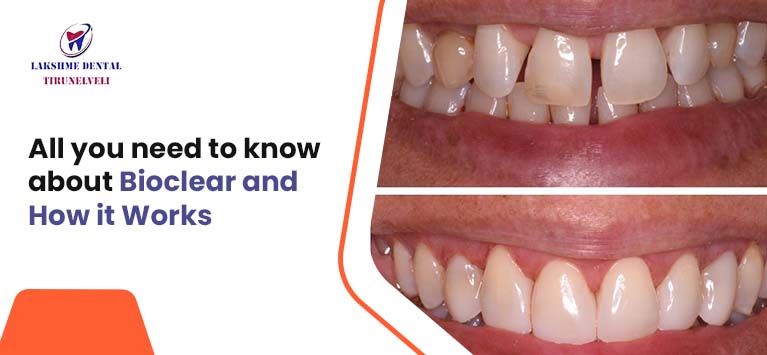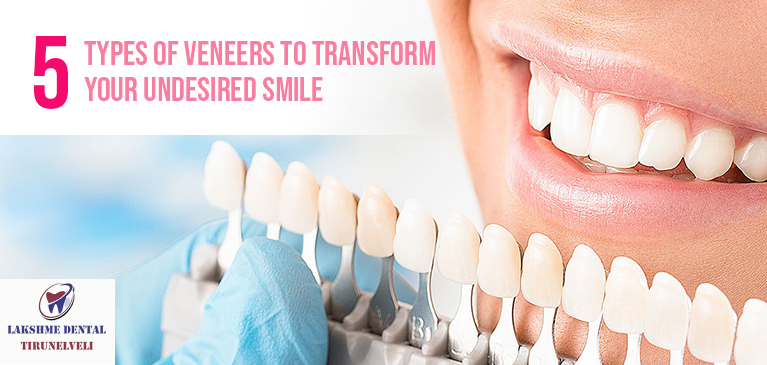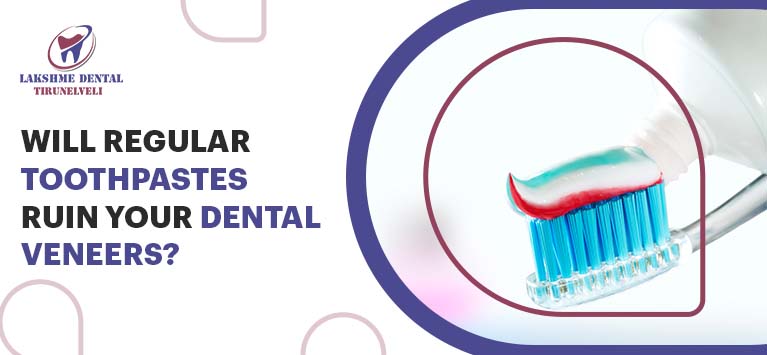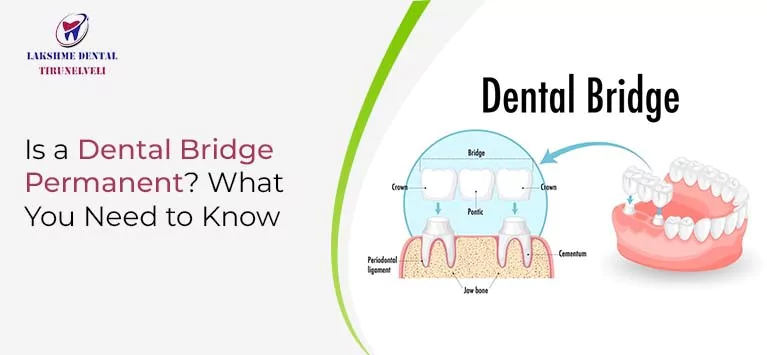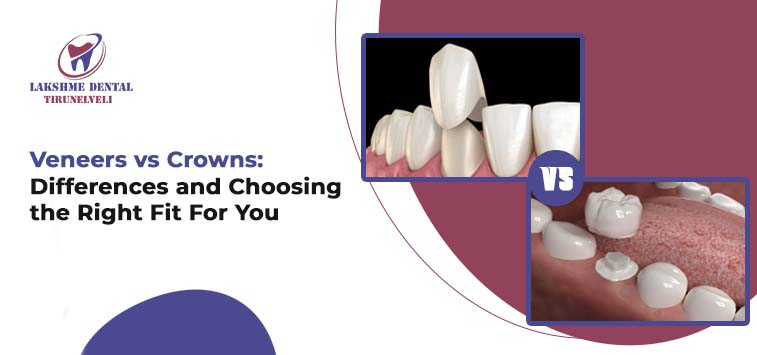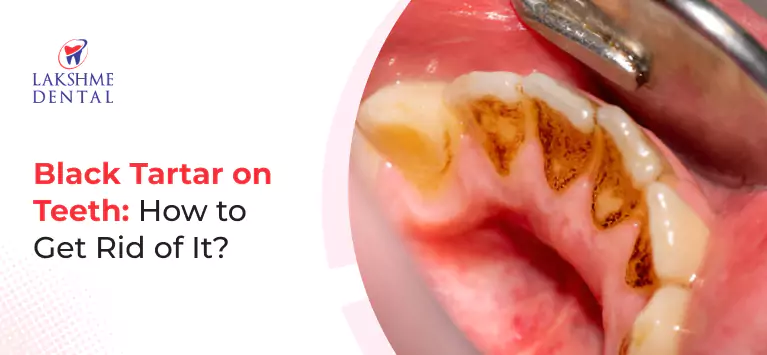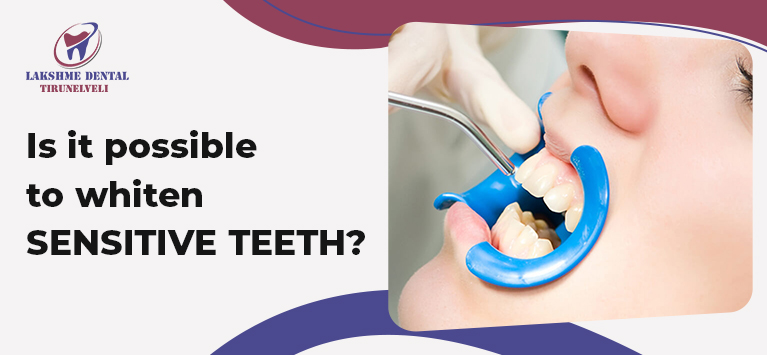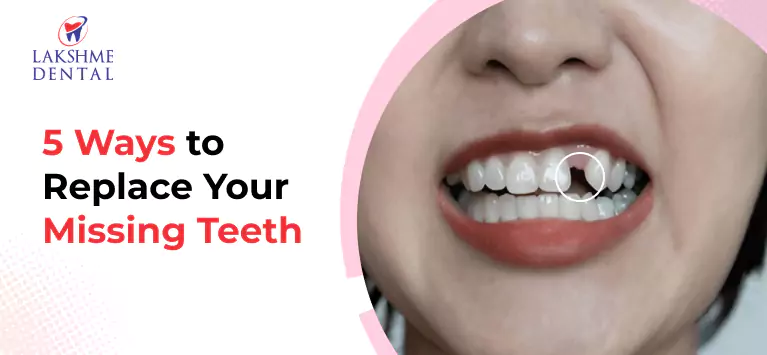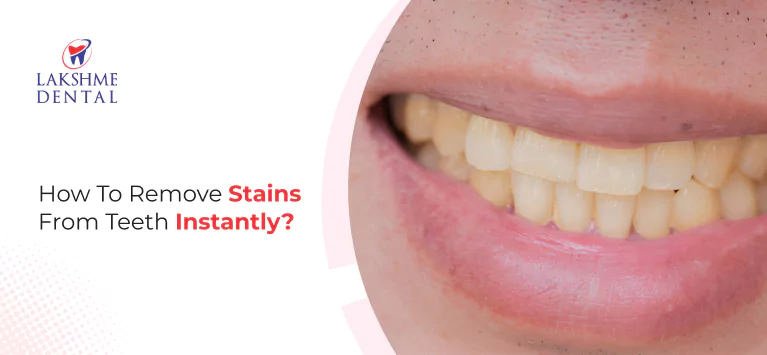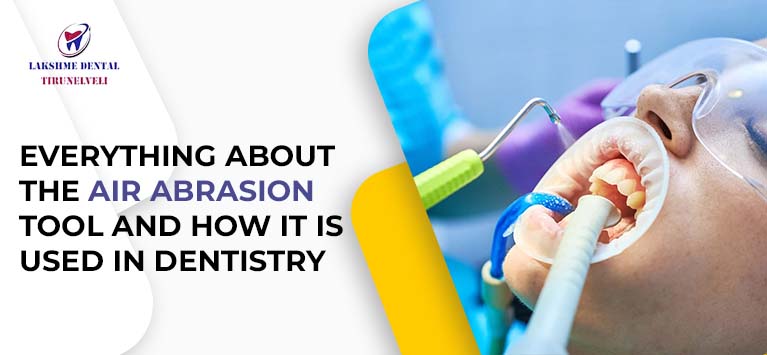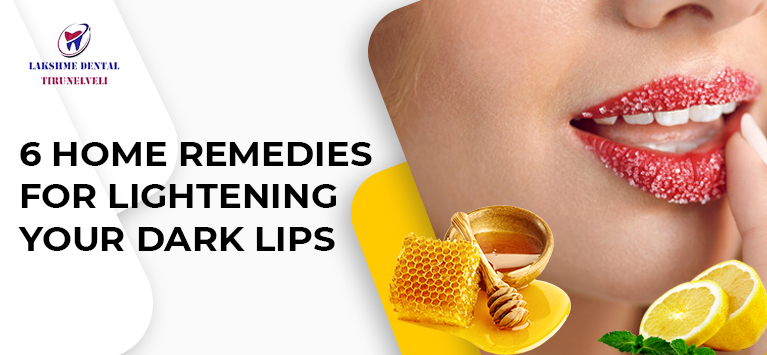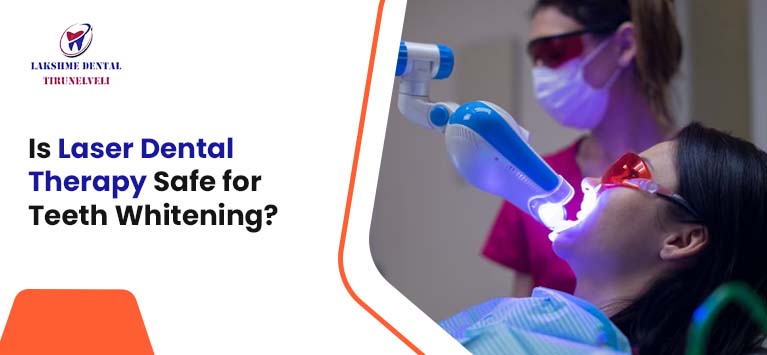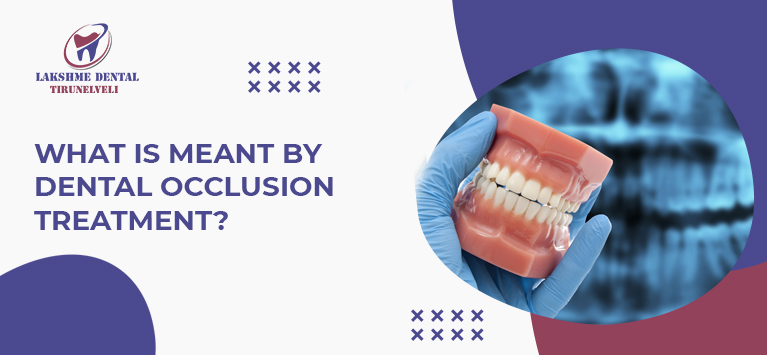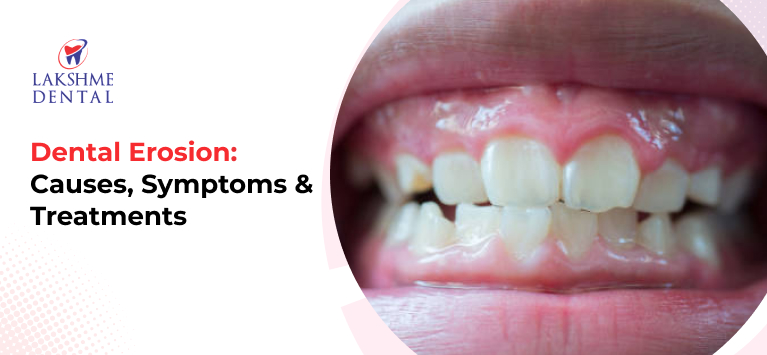
Dental Erosion: Causes, Symptoms & Treatments
Are your teeth feeling more sensitive lately? Have you noticed a yellowish tint or thinning at the edges? These could be early signs of dental erosion, a common but often overlooked condition where the outer layer of your teeth (the enamel) wears away.
Unlike cavities that result from bacterial activity, tooth enamel erosion occurs when acids wear away the outer surface of your teeth. Once this protective barrier is gone, it doesn’t grow back.
But the good news? Proper care and early intervention can stop further damage to your enamel.
In this blog, we’ll cover everything you need to know about enamel erosion from causes to symptoms, prevention, and treatment options.
What is dental erosion?
Dental erosion is the gradual loss of tooth enamel, the thin outer layer that shields your teeth. It occurs when acids, from either food or internal sources, wear away the enamel.
Unlike tooth decay, which involves bacteria, erosion is purely chemical. Once enamel is lost, it does not grow back naturally. That’s why understanding and preventing enamel erosion is crucial to long-term oral health.
Signs and Symptoms
You might not notice enamel loss right away. But over time, the symptoms become more evident:
Increased Tooth Sensitivity: Especially when consuming hot, cold, sweet, or acidic foods.
Yellowing Teeth: As enamel thins, the yellow dentin underneath becomes visible.
Rounded or Transparent Edges: The front teeth may appear glassy, thin, or uneven.
Cracks and Chips: As enamel thins, teeth become more vulnerable to damage and wear.
Tooth Surface Dents (Cupping): Small indentations appear where enamel is worn.
If you’re noticing any of these signs, it could be a red flag that your enamel is eroding.
Causes and Risk Factors
Enamel erosion is primarily caused by acid exposure either from outside sources like diet or internal sources like medical conditions.
Internal Causes
Acid Reflux (GERD): Stomach acid flows into the mouth, attacking enamel.
Frequent Vomiting: Seen in bulimia, pregnancy-related nausea, or chronic illness.
Dry Mouth (Xerostomia): Saliva neutralizes acids; less saliva = more damage.
External Causes
Acidic Foods & Drinks: Citrus fruits, soft drinks, vinegar-based dressings, and wine are common sources of acid.
Frequent Snacking: Especially on sugary or starchy foods that lower mouth pH.
Brushing Too Hard: Especially right after acidic meals, when enamel is soft.
Tooth Grinding (Bruxism): Wears down enamel over time.
Poor Oral Hygiene: Allows plaque and acids to linger.
Recognizing your risk factors is the first step in safeguarding your enamel.
What happens if you ignore tooth erosion?
Untreated enamel erosion can lead to:
- severe tooth sensitivity
- visible yellowing and wear
- chipped or fractured teeth
- cavities and tooth decay
- tooth infections or abscesses
- costly and complex dental treatments
Ignoring enamel loss puts your entire oral health at risk. The earlier you address it, the simpler (and less expensive) the treatment.
How dentists diagnose dental erosion?
Diagnosis usually begins with a visual exam. Your dentist may:
- Look for signs of thinning or cupping on teeth
- Use a dental explorer to check enamel hardness
- Take X-rays to spot deeper structural loss
- Discuss diet, medical conditions, and lifestyle
An early diagnosis means less invasive treatment and better protection for your natural teeth.
Dental erosion treatment
There’s no way to regrow enamel, but treatments can restore function and appearance, while preventing further loss.
Non-Invasive Options
Fluoride Varnishes or Gels: Strengthen existing enamel and reduce sensitivity.
Desensitizing Toothpastes: Block pain signals from exposed dentin.
Remineralizing Pastes: Help restore early enamel damage.
Restorative Treatments
Composite Bonding: Resin applied to rebuild worn areas.
Dental Veneers or Crowns: Protect and enhance aesthetics.
Enamel-Like Fillings: Restore lost structure on biting surfaces.
Advanced Cases
Full-mouth rehabilitation, involving crowns, bridges, or onlays, may be needed when erosion is severe.
Your dentist will recommend a treatment plan based on the extent of enamel loss and your lifestyle.
How to prevent enamel erosion?
Prevention is always better than cure especially when it comes to something irreplaceable like enamel.
Here’s what you can do:
Limit Acidic Foods & Drinks: Especially soda, lemon juice, vinegar, and energy drinks.
Use a Straw: Reduces acid contact with front teeth.
Rinse After Meals: Swish with water to neutralize acids.
Wait Before Brushing: Brushing right after acidic food can worsen erosion.
Switch to Soft-Bristled Brushes: And use low-abrasive, enamel-safe toothpaste.
Stay Hydrated: Saliva is your natural defense.
Chew Sugar-Free Gum: Stimulates saliva flow.
Even small lifestyle changes can make a big difference in protecting your enamel.
Foods & Drinks That Cause Enamel Erosion
While not all acidic foods are bad, excessive consumption can lead to enamel loss. Here’s what to watch out for:
- Citrus fruits (lemons, oranges)
- Carbonated soft drinks (even sugar-free)
- Wine
- Vinegar and pickles
- Sports and energy drinks
- Tomatoes and tomato-based sauces
Tip: Pair acidic foods with water or milk to balance pH.
When to see a dentist for enamel issues?
Book a dental visit if you notice:
- Persistent sensitivity
- Changes in tooth color
- Chipped or transparent teeth
- Difficulty eating hot, cold, or sweet foods
Early dental intervention can stop erosion from progressing into costly dental damage.
Conclusion
Dental erosion is silent but it doesn’t have to be devastating. Catch it early, and you can prevent lasting damage. From improving your diet to visiting the dentist regularly, small habits make a big difference.
If you’re dealing with tooth sensitivity or think your enamel might be wearing away, don’t delay seeking dental care.
Schedule a dental checkup to protect your smile for the long haul.
Frequently Asked Questions
No, enamel does not regenerate. However, early erosion can be slowed or halted with treatments.
Look for sensitivity, yellowing, cracks, or transparent edges.
Yes, but it can be managed. Restorative treatments can protect and improve tooth function.
No. Fluoride and remineralizing pastes can help in early stages, but lost enamel won’t regrow.
Choose one with fluoride, low abrasiveness, and sensitivity protection.
It’s a slow process, but poor habits or untreated reflux can speed it up significantly.

